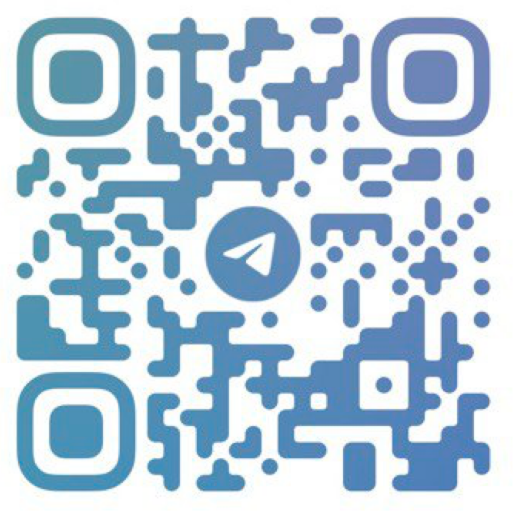ICO's entry barrier lies in the cost of identification. I remember back in 2017, there was a widely circulated project whitepaper cloud, encompassing nearly a thousand projects. Each project had a glamorous background and ambitious plans, leaving many bewildered. Could such a thing be realized? For newcomers unfamiliar with technology, it was challenging to discern, leading to a pursuit of trends and the creation of a speculative bubble.
DeFi's entry barrier involves initial capital and the ability to discern security aspects. Without initial capital and the ability to discern security issues, one not only fails to make money but may also fall victim to a rug pull or be hacked.
Inscription, on the other hand, has the lowest entry barrier. Users only need to afford gas fees to participate, catering to users with a lower risk appetite. Moreover, users are naturally close to the community, enabling them to take the initiative. By adhering to the principle of only participating in minting or the early stage, users essentially risk only losing gas fees at most.
In the post-internet era, relying solely on application features makes it challenging to attract users on a large scale from one application system to another. This is especially true for new types of applications like Web3, which have a higher experience and entry threshold. Creating a network effect before fully realizing the value of such applications has been a persistent challenge. Distributing future assets within the application directly through Inscription, attracting users to the blockchain, and building a user community through assets is a strategy to address this challenge.
Is the Inscription Game Sustainable?
Many people question whether the Inscription game is sustainable. Initially, it was seen as an alternative meme, considering its application form had not yet emerged.
If viewed as a collective game, the question can be simplified.
Players entering this game have several options:
- Hold and see who holds for the longest.
- Sell and see who runs the fastest.
In this game system, each person makes decisions based on predicting others' judgments. If most people predict that there are more holders, it will incentivize more people to participate, making the entire game system more enduring because holders will ultimately win. However, those who want to sell may choose to exit when the prediction reaches its peak. Some may be smarter and exit ahead of time, potentially preventing the peak from being reached. Following this deduction, the entire game system could become a game of pursuing rapid exits.
Initially, holders express their beliefs verbally, attempting to build consensus. However, the credibility of this expression is low because they may sell while expressing their beliefs.
As the game progresses to the second stage, to send more credible signals, infrastructure is needed. Building infrastructure around the ecosystem is a way of pledging faith. If the game cannot persist, the investments made in infrastructure will be in vain.
As the game reaches the third stage, a derived ecosystem emerges on top of the infrastructure, creating an ecological cycle and turning it into a sustainable game.
A critical point for the game is that the system must be decentralized, eliminating single-point risks and ensuring openness, allowing anyone to participate.
Only in this way can participants (including players and builders) exit and switch without affecting the game's continuation.
The Inscription game is currently in the second stage. When a collective game system enters the second stage, it generates positive externalities, indicating the potential for a long-term sustainable track.
Development Contacts


